Here at the Schools Catalogue Information Service (SCIS), our mission is to make our users’ life easier. Our data is designed to work seamlessly within your library management system, using high-quality data to build a brilliant user experience. To support your work, we also have the SCIS Data website (scisdata.com) – with a stack of nifty features that will improve your library catalogue and save you time and money.
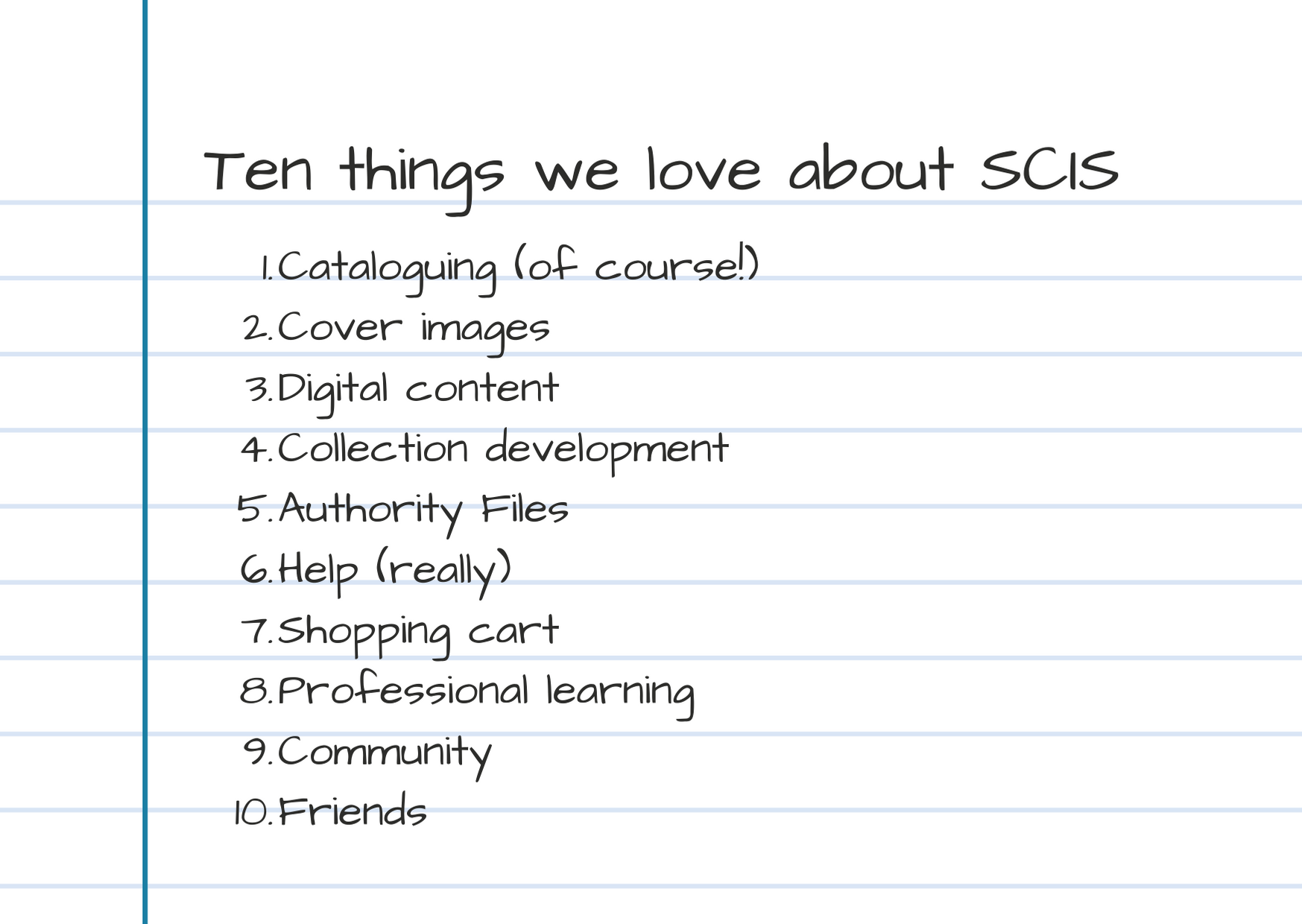
1. Cataloguing (of course!)
The SCIS database has approximately 1.6 million high-quality, consistent catalogue records.
As part of a SCIS subscription, libraries can also request cataloguing for new materials that they have not been able to locate a record for in SCIS Data. We encourage you to place an online cataloguing request at my.scisdata.com/CreateCatalogueRequest. Good news! We have recently revamped the service to make it quicker and easier to submit these requests. You can use this service to request the cataloguing of websites and other online resources you think would be useful to you and the wider school library community.
Sometimes, you might have a query about a record or maybe you’ve found a mistake. Simply email help@scisdata.com and our cataloguing team will investigate.
Remember we are a cataloguing community, so feedback helps not only you, but also nearly 10,000 other users around the world.
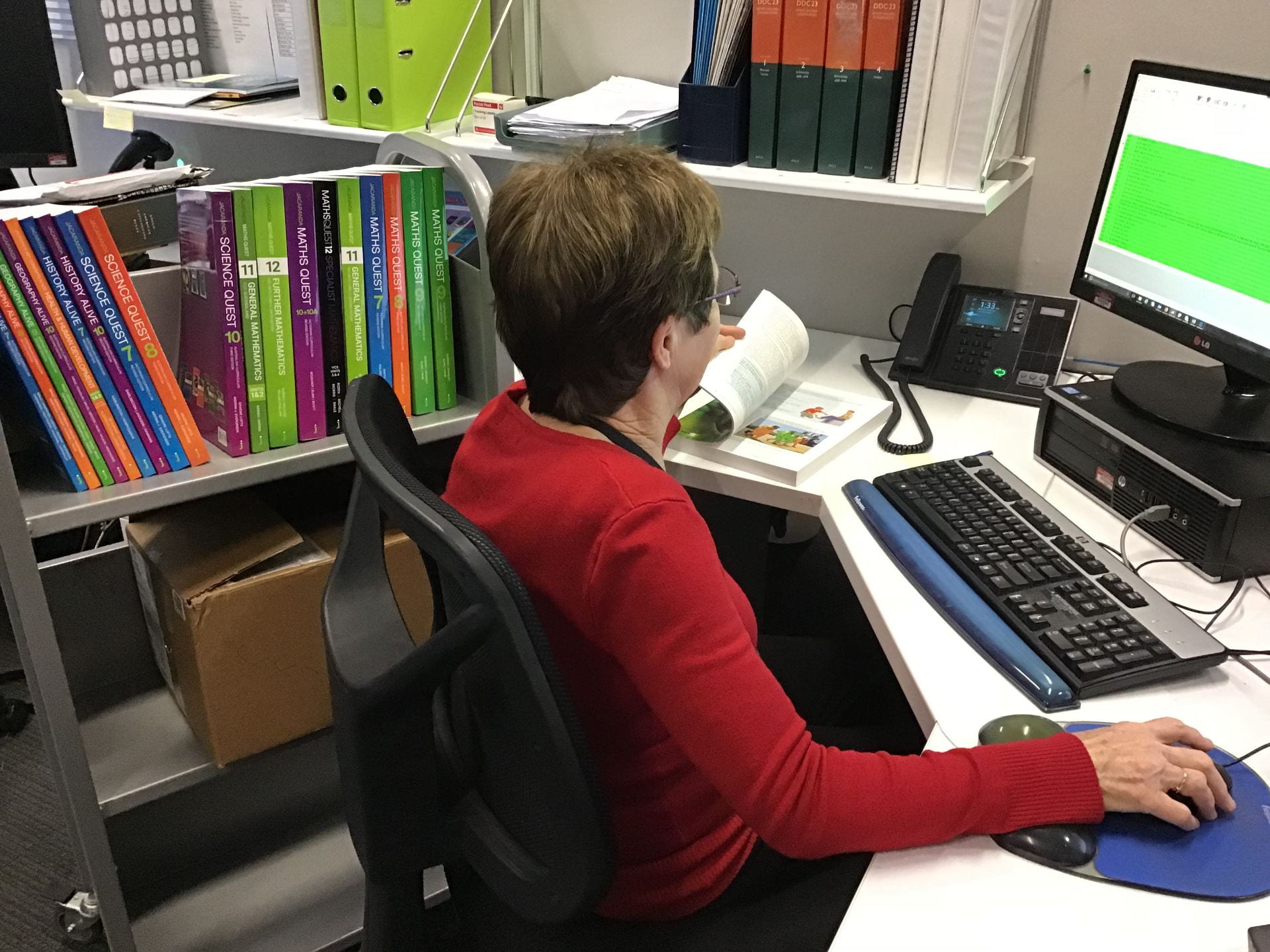
Learn how to make an online cataloguing request: vimeo.com/417043786
2. Cover images
Text-only catalogue displays are a thing of the past. While the old adage ‘Don’t judge a book by its cover’ is wise, the reality is that the cover of a resource makes it look more appealing and does affect reader choice. Using cover images to supplement the text-based catalogue record is an effective method of catching the reader’s eye as they browse through the virtual shelf.
SCIS subscribers are able to download most of the cover images displayed in SCIS Data into their own library-management systems. Subscribing schools may not pass cover images on to a third party, but for their own use they may include them:
- on the school’s online library catalogues
- on the school’s website, including blogs, wikis, online newsletters and intranet
- elsewhere within the school.
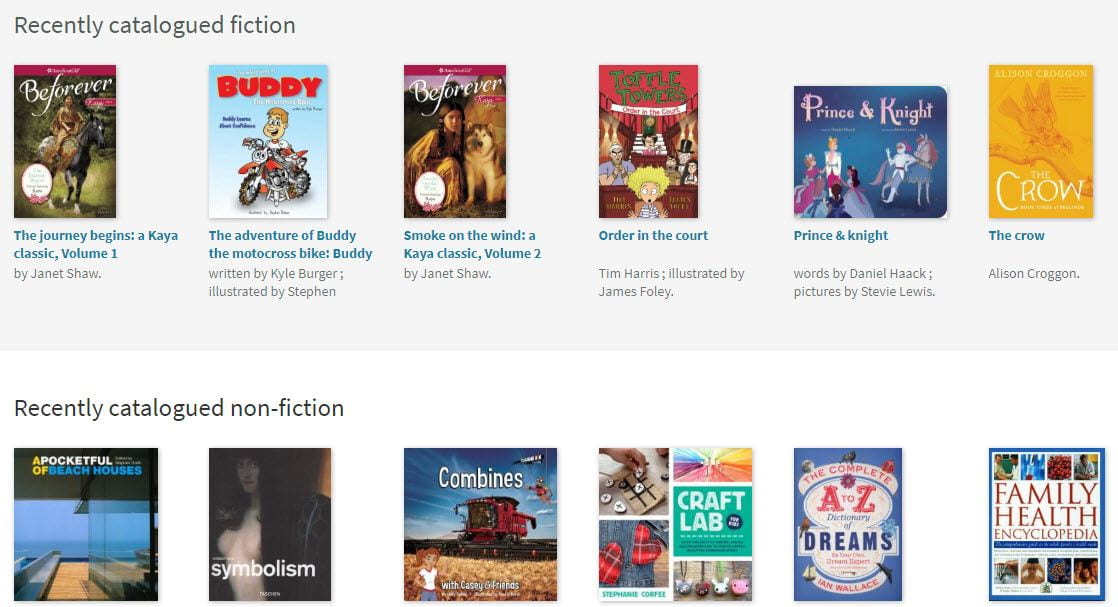
Learn more about cover images and SCIS: scisdata.com/connections/issue-109/cover-images-and-scis
3. Digital content
At the time of writing, there are over 80,000 records on SCIS Data for digital resources (websites, apps, ebooks and digital videos), and this number grows every month. We also catalogue apps, ebooks and digital videos. We catalogue resources that are curriculum-related, educational and recreational.
SCIS has made catalogue records for nearly 400 free Project Gutenberg titles (scis.edublogs.org/2020/05/06/literatures-greatest-works-are-yours-for-free). SCIS Data offers subscribers the option to download collections (https://help.scisdata.com/hc/en-us/articles/360051763433-What-are-the-Download-Collections-) of records from four resource providers: ClickView digital video library; Wheelers ePlatform One; World Book eBook Series; and the National Library of New Zealand (Topic Explorer and EPIC Resources).
The hard work has been done – importing digital content is a quick and easy way to grow your collection.
Learn how to download records for websites in SCIS Data: vimeo.com/275765622
4. Collection development
When a teacher approaches you about finding resources for their upcoming unit, where is the first place you look? Perhaps you perform a quick internet search to see if it can direct you to any relevant resources. Maybe you check a publisher’s website. Yet, if we encourage students to use the library catalogue based on its inclusion of trusted, credible and educational resources, why not use a catalogue ourselves?
Let’s say the history teacher has approached you to help her find World War I resources for her Year 9 class. If you pop over to the SCIS catalogue, you can start with a basic search – perhaps simply ‘World War I’ – and, from the results page, refine your search. Filtering by your specific learning area, subject and audience level will provide you with the most relevant resources catalogued by SCIS. The advanced search option allows you to limit your search further by either fiction or non-fiction – and, if it’s fiction you’re looking for, to narrow your search by specific genres.
The Featured categories on the SCIS Data search page provide a quick and easy way to source resources and records for websites, apps, ebooks and digital videos. The SCIS catalogue also has the ability to build lists. Rather than downloading one record at a time, you can curate lists within the SCIS catalogue. This is particularly helpful for schools using SCIS as a resource selection tool.
SCIS Data includes additional information via our subscription to Syndetics. Where the information is available, the record consists of summaries and annotations, author notes, authoritative reviews, and series information. Through our subscription to LibraryThing for Libraries, we can also provide community-generated content, including recommendations, tags, and links to other editions and similar items. Although this additional information is not included in the downloaded record, it can help with searching and selection of records.
How good is that?
Learn how to use SCIS Data as a selection tool:
scisdata.com/connections/issue-104/scis-as-a-resource-selection-aid
5. Authority Files
SCIS Authority Files (scisdata.com/products/authority-files) provide a rich search experience to make the most of your resources. Authority Files link terms between records, to display the ‘see’ and ‘see also’ references. A subscription to SCIS Authority Files allows you to download Subject, Name and Series Authority Files from the SCIS website, and upload them to your library management system – where you’ll truly see the magic of metadata with a rich search and discovery experience for your students.
Learn more about SCIS Authority Files: scisdata.com/connections/issue-112/scis-is-more
6. Help (really)
SCIS prides itself on responsive, proactive customer service. Our team of customer service and cataloguing professionals are on hand to answer your questions. Visit our contact page (scisdata.com/contact-scis) to submit a question. Explore the SCIS Help articles (help.scisdata.com/hc/en-us) or watch the SCIS Help videos (vimeo.com/user4095009) and learn how to make the most of your subscription. Or stay up to date with the latest SCIS news by visiting our news carousel at scisdata.com. We are here to help.
7. Shopping cart
The SCIS shopping cart allows you to request and download your invoice, or pay online.
Our shopping cart also allows users to add in SCIS extras before renewing their annual invoice – such as barcode scanners (scisdata.com/barcode-scanners), professional learning and Authority Files. Ordering is nice and simple, and should you decide you need something extra when you renew your SCIS subscription (like a barcode scanner for stocktake!) you can have everything on one invoice to pass on to your accounts team.
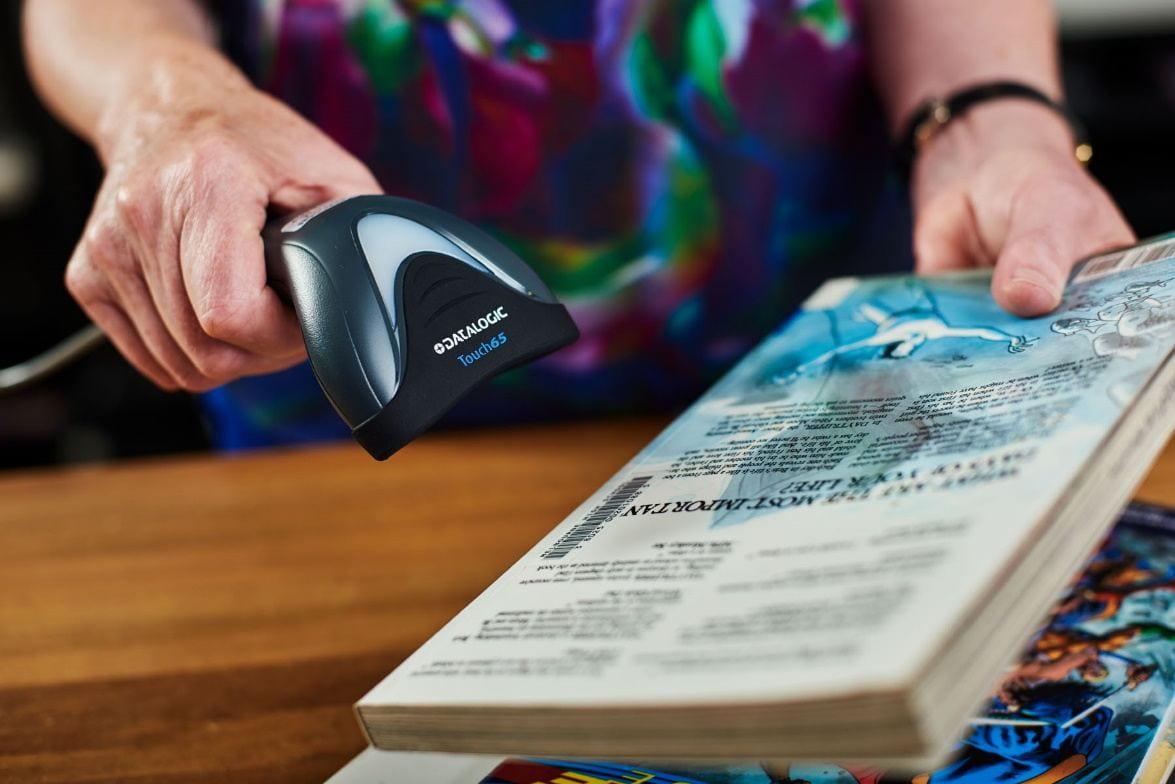
8. Professional learning
Attend a SCIS webinar (scisdata.com/professional-learning) and learn how SCIS Data makes resource management simple – helping school libraries by providing high quality catalogue records, improving content searching and discovery, and developing digital collections.
The free SCIS short course ‘Managing your library collection and catalogue’ (scis.edublogs.org/2020/03/31/free-scis-short-course-managing-your-library-collection-and-catalogue) is suitable for new school library staff and for those who would like a refresher. Published on the SCIS Blog, the course focuses on collection curation and cataloguing, it helps school library staff get started in organising the resource offerings in their library. The response to this course has been overwhelmingly positive, with comments ranging from ‘Thanks, this is so helpful and timely while working from home’ to ‘Back to basics. A good reminder of what makes libraries tick …’
9. Community
We’ve been publishing our magazine Connections (scisdata.com/connections) since 1992, and we’re pretty proud of it. For the first time in our history all back editions are available online – a fascinating record of changes in the library industry over several decades.
All Connections articles are written by members of the school library community. Writing for Connections is an excellent way to advocate for your library and share your ideas with colleagues around the world. Now, more than ever, it is important to celebrate the valuable role of school libraries and recognise how they support student learning. So, if you have a great article you would like to share, please email connections@esa.edu.au.
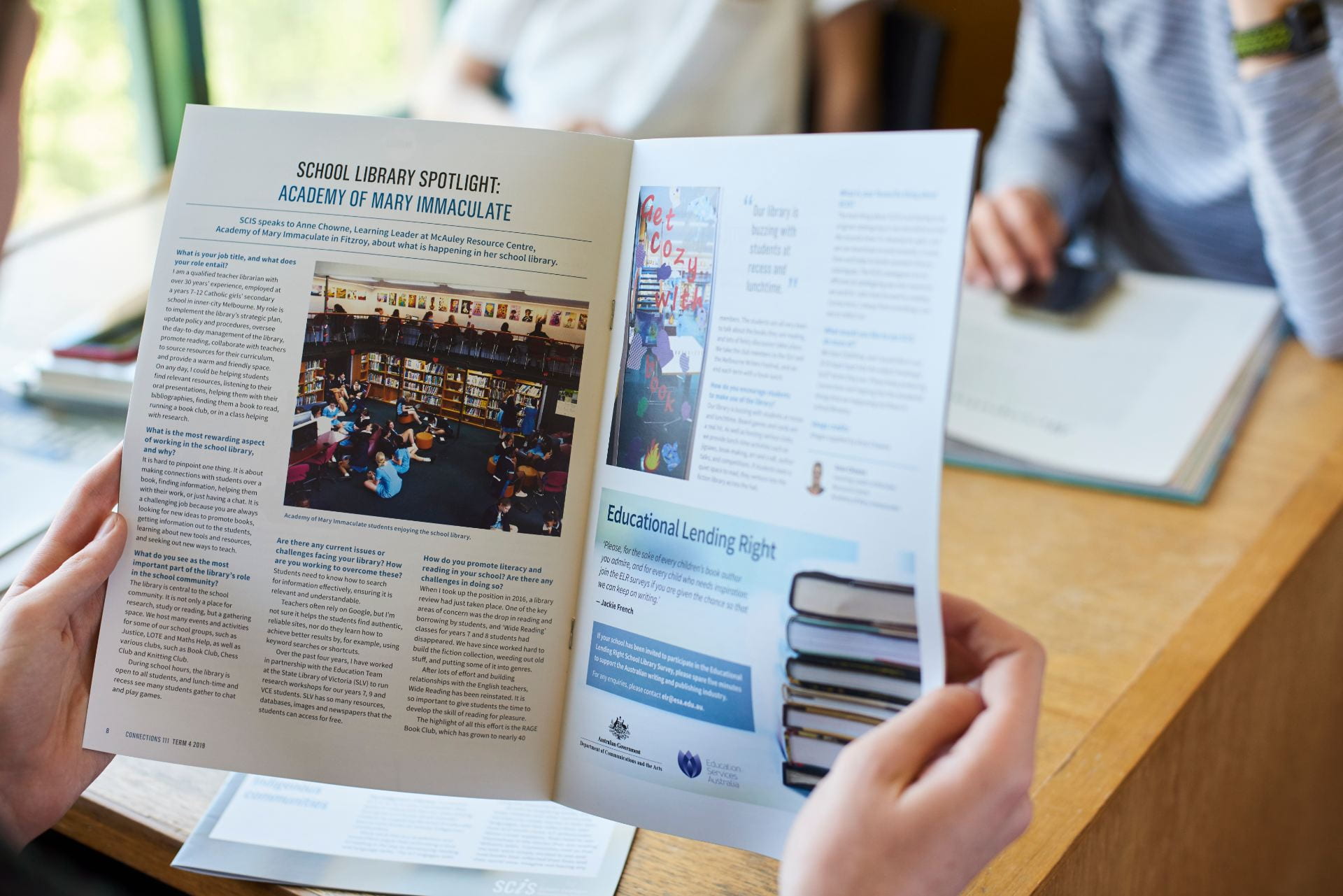
As part of our ongoing commitment to the library community, Connections is freely available to anyone, anywhere. To join our mailing list, visit confirmsubscription.com/h/r/F55C1FEDABD5B8D4.
The SCIS team is passionate about school libraries. In addition to Connections magazine, we offer the school library community a number of ways to keep up to date with what is happening at SCIS and with industry trends and information. Subscribe to the SCIS Blog or follow us on Facebook, Twitter, LinkedIn @scisdata or Instagram @scis.data.
We want to know what’s important to you. Join the SCIS Facebook group and be part of the conversation: facebook.com/groups/570608273802240
10. Friends
SCIS cataloguers add approximately 3,700 catalogue records to the database each month, keeping it relevant and current. The resources catalogued come from a range of sources, including publishers, booksellers and school libraries. These hot-off-the-press titles are our best means of creating a quality record that is accurate and compliant with international cataloguing standards. This is important, considering each record is likely to be downloaded by nearly 10,000 school subscribers around the world. It’s rare to have a day when we don’t receive a small parcel or large box of books delivered to one of the six SCIS cataloguing depots.
SCIS also works with providers of library management systems to ensure the most efficient delivery of SCIS products and services. And we support university and TAFE educators in training and developing future librarians with essential cataloguing skills by offering complimentary access to SCIS Data.
Anything is possible when you have the right people there to support you.*
*Thank you Misty Copeland for the excellent quote!

